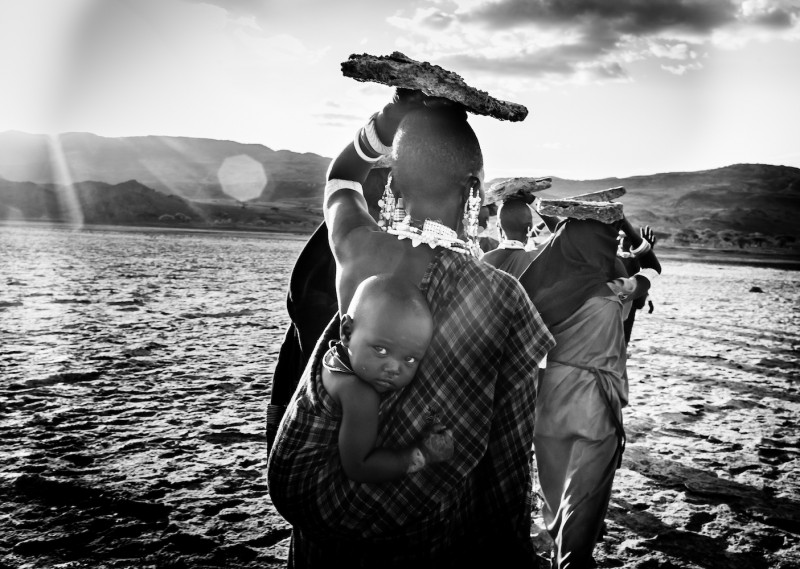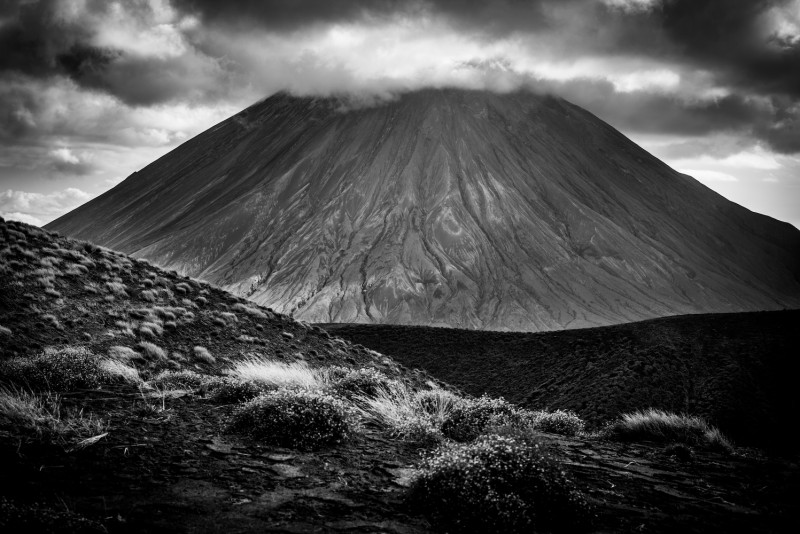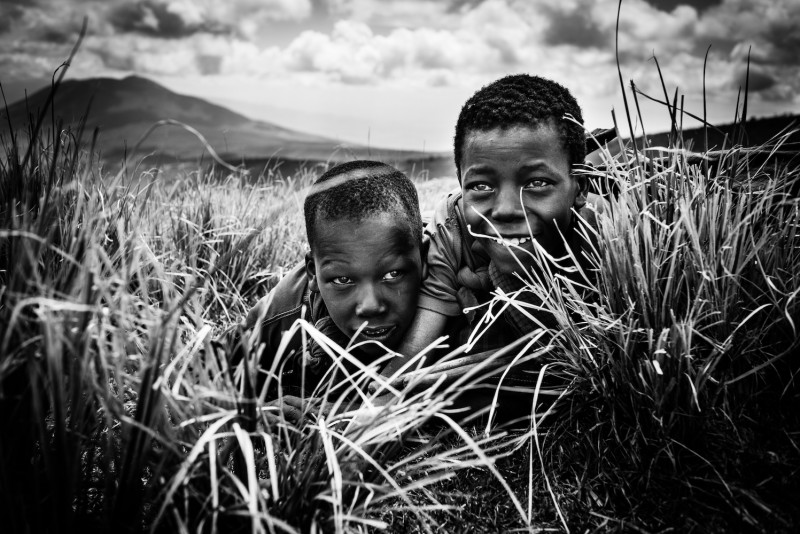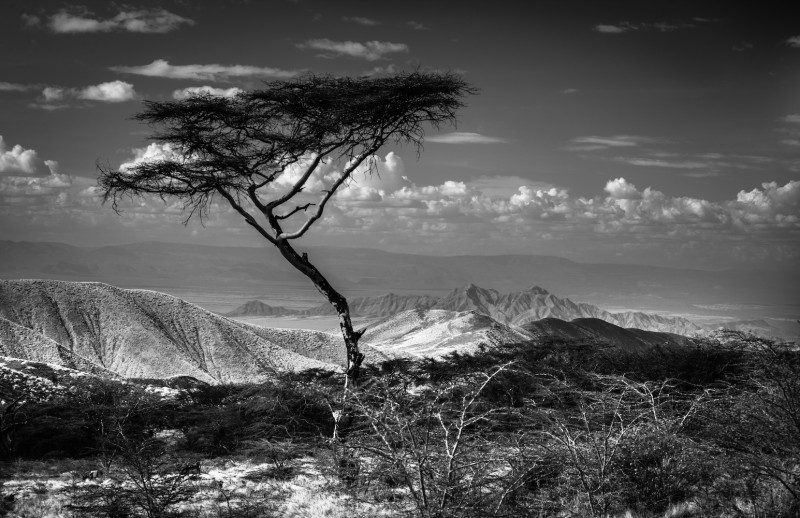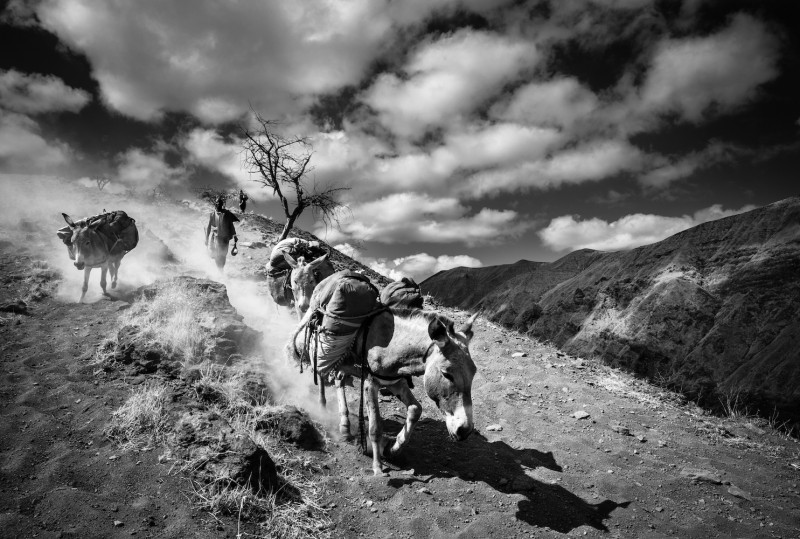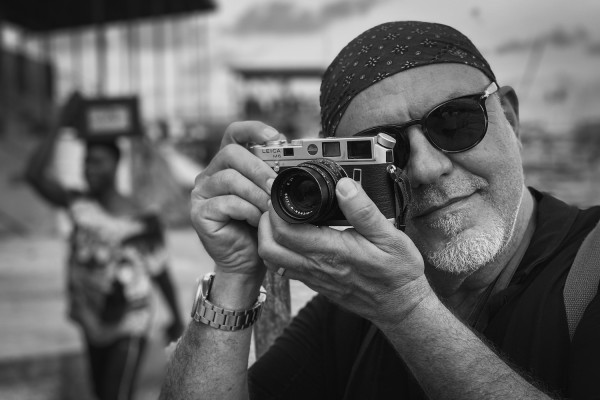Walking Safari
Walking Safari
Michael Kraus
October 21, 2021
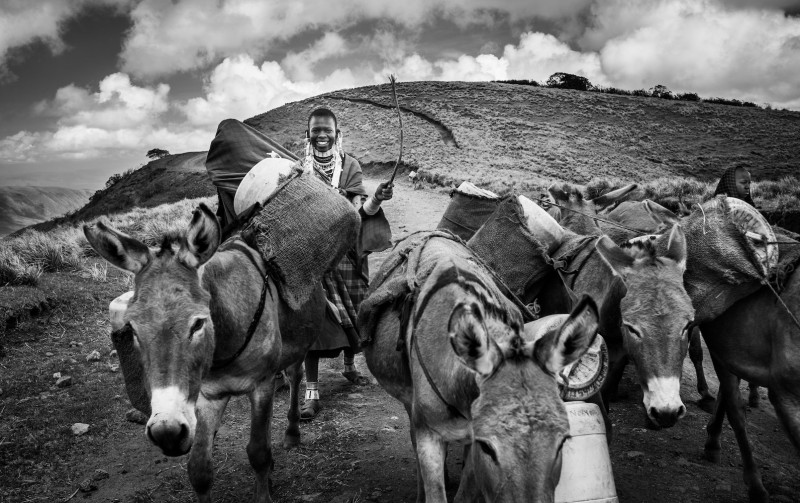
LFI: What was it that fascinated you about Tanzania, photographically speaking – especially the region around Ol Doinyo Lengai?
Michael Kraus: When documenting and doing reportages in Africa, I normally get very close to the people. Consequently, capturing the beauty and incredible contrasts and colours of the wild landscape in black and white was a particular challenge. I love the surprises that can arise on such a journey: once, a group of Maasai women just seemed to appear out of nowhere, carrying salt plates from Lake Natron for their herds of cattle. That's just one of countless reasons why taking pictures in Tanzania and Africa is really something – offering up new highlights, day after day.
From the photography perspective, what were the biggest challenges you faced during the trip?
The biggest challenge for my photographic work was how to deal with the extreme heat and the constant presence of dust; in particular, when changing lenses.
What was it like to work with the M240 under these conditions?
Because of the weight issue, I decided to take only the M240 with me. I chose it, most importantly, because I could also use it to film short video sequences. That's the biggest advantage that I see, compared to other models; that's also why I'm happy to tolerate the somewhat larger size. Being unable to charge the batteries, I managed to get by with just two – though I cut back significantly on the use of Live View and Playback. In addition to the legendary quality of the lenses, I particularly like the unobtrusiveness of the M240, and the quiet trigger release. This means that those around me hardly notice when I'm taking photographs.
Michael Kraus+-
...has been travelling around the African continent with his Leicas for 25 years. During eleven of those years he was based in Nairobi, where he worked for an African public service broadcaster and reported from over 30 African countries. His work took him to crisis and war zones, and to the remotest areas of the continent, where he produced documentaries, wildlife films and reportages. More

